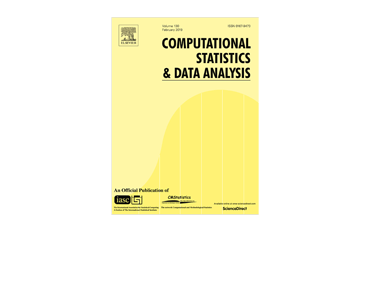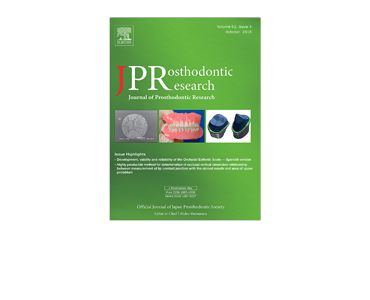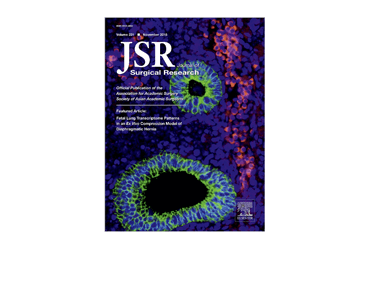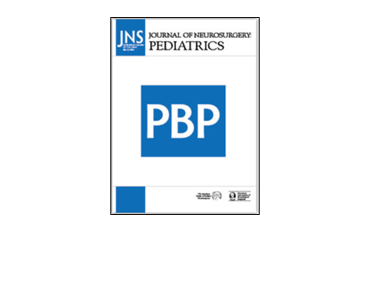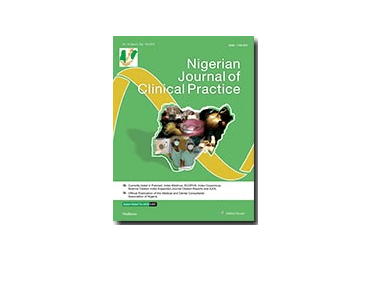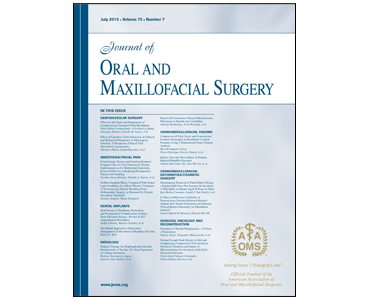Applications and limitations of using patient-specific 3D printed molds in autologous breast reconstruction. S Hummelink, AC Verhulst, TJJ Maal, DJO Ulrich.
Date: October 2018. Source: European Journal of Plastic Surgery, Volume 41, Issue 5, pp 571–576. Background: Over the last years, several techniques have been proposed to improve the outcome of autologous breast reconstruction procedures. One of these innovations describes patient-specific, three-dimensional (3D) printed breast molds for intraoperative use based on 3D stereophotogrammetry. In this article,…


